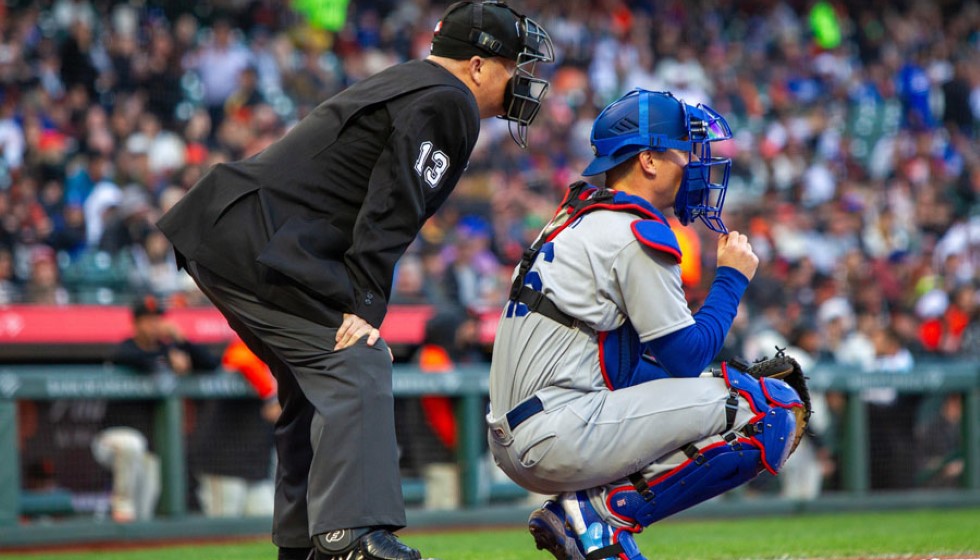
As the baseball world transitions into 2025, the landscape of Major League Baseball is once again being reshaped by significant player movements and organizational strategies. Notable transactions and strategic shifts mark this as another pivotal year in the sport's evolution.
Free Agency Movements
In the current offseason, a significant shake-up has occurred with free agency playing a major role. Seven of the top ten free agents have found new homes, illustrating a vibrant and competitive market. An impressive 25 out of the top 50 free agents have also secured contracts, indicating aggressive off-season strategies by various franchises. These acquisitions are not just transactions; they are strategic gambles aimed at either reinforcing a title-contending roster or setting the stage for future success.
Nolan Arenado's Nuanced Position
Nolan Arenado’s situation stands as a complex narrative within these developments. The star third baseman, who is owed $64 million over the next three years, blocked a trade during the offseason, reflecting a noteworthy player power dynamic. Interestingly, there is speculation around Arenado’s willingness to shift to first base, a tactical decision that might facilitate a trade. Such a move indicates Arenado's flexibility and ambition to remain competitive while potentially adapting to a new team environment.
The St. Louis Cardinals, Arenado's current team, are entering a "reset" phase. This strategic re-evaluation could see them reconfiguring their roster to align better with future goals. It’s a critical period that could transform the team’s prospects if maneuvered wisely.
Significant Deals and Contracts
The trading scene has been bustling as well. The Corbin Burnes trade, finalized on February 1 of last year, reshuffled expected rotations and provided a fresh alignment within pitching staffs. Similar strategic movements were seen two years back with the Luis Arraez/Pablo López deal.
Financial commitments are considerable in this period. Sonny Gray, the seasoned pitcher, is set to earn $65 million over two years. Jordan Montgomery, after picking up a player option, will receive $22.5 million in 2025. Luis Castillo remains another key figure, committing to a $22.75 million per year contract over the next three years. Such financial deals highlight the value teams place on pitching power and stability.
Organizational Challenges
The Padres face an estimated competitive balance tax payroll of $248 million for 2025, a figure that presents its own challenges in terms of financial flexibility and team building. Adding a layer of complexity, the Padres organization is navigating the profound impact of losing owner Peter Seidler, who passed away in late 2023. His vision and guidance have been pivotal for the franchise, and how they adapt moving forward will be closely followed.
Elsewhere, arbitration is becoming increasingly crucial for players like Arraez and Cease, both projected to earn approximately $14 million each. These arbitration processes can significantly affect team payrolls and player satisfaction.
Emerging Talents and Competitive Dynamics
On the player development front, Brett Baty, a promising 25-year-old, is preparing to make his mark. His potential rise adds to the mix of seasoned veterans and budding stars, which keeps the league dynamic and unpredictable.
The Minnesota Twins, meanwhile, are grappling with the aftermath of the Diamond Sports Group bankruptcy, a situation that could impact their media revenue and, consequently, their payroll decisions.
Economic and contractual considerations are evident in various player situations. Marcus Stroman enters 2025 with an $18 million contract and no trade protections, opening potential pathways for team-initiated trade maneuvers. Ryan Pressly, valued at $14 million, holds a no-trade clause, giving him significant control over his future moves within the league.
Interestingly, a pointed quote from Ken Kendrick resonates this season: "Biggest mistake this season from a talent standpoint." It serves as a reminder of the strategic risks inherent in player and organizational decisions.
As the dust continues to settle on these various developments, the MLB landscape remains as challenging and unpredictable as ever. Each decision, trade, and contract carries the potential to uplift or burden a franchise, all while entertaining millions globally.